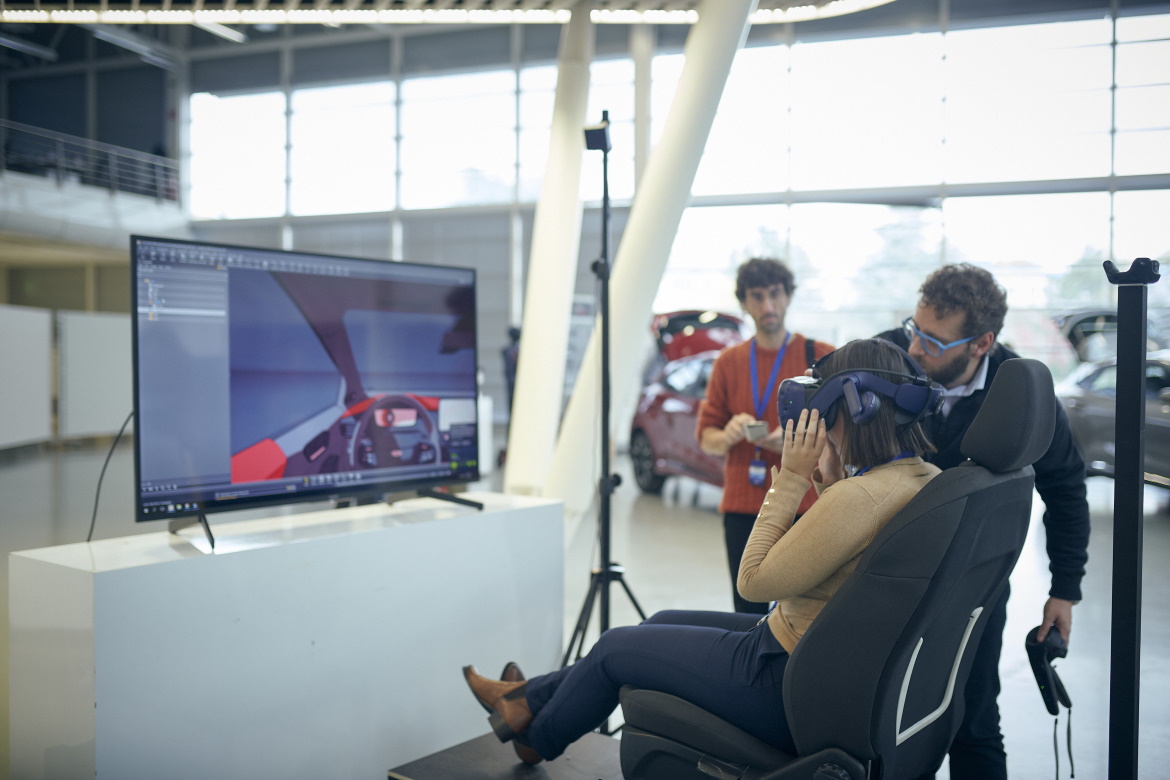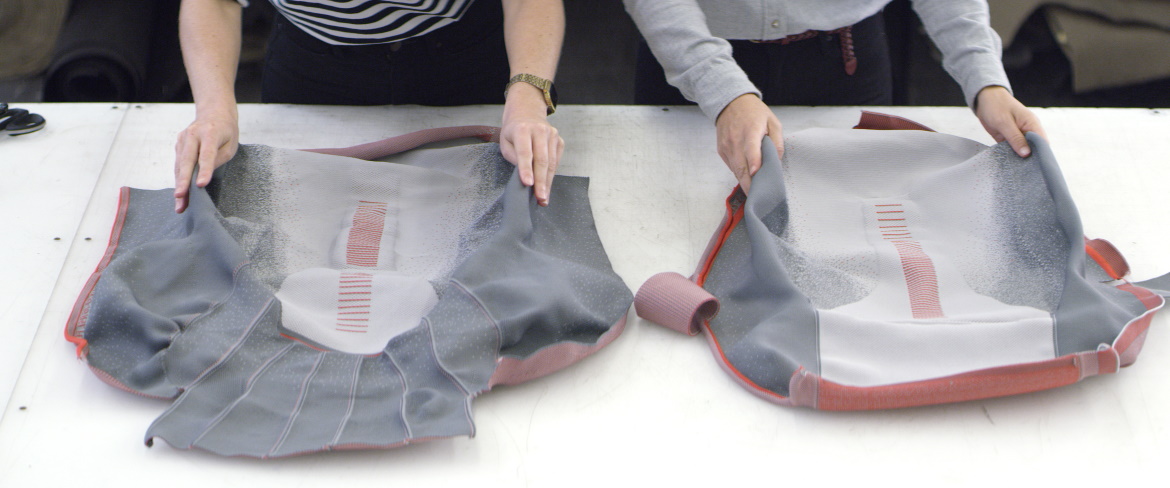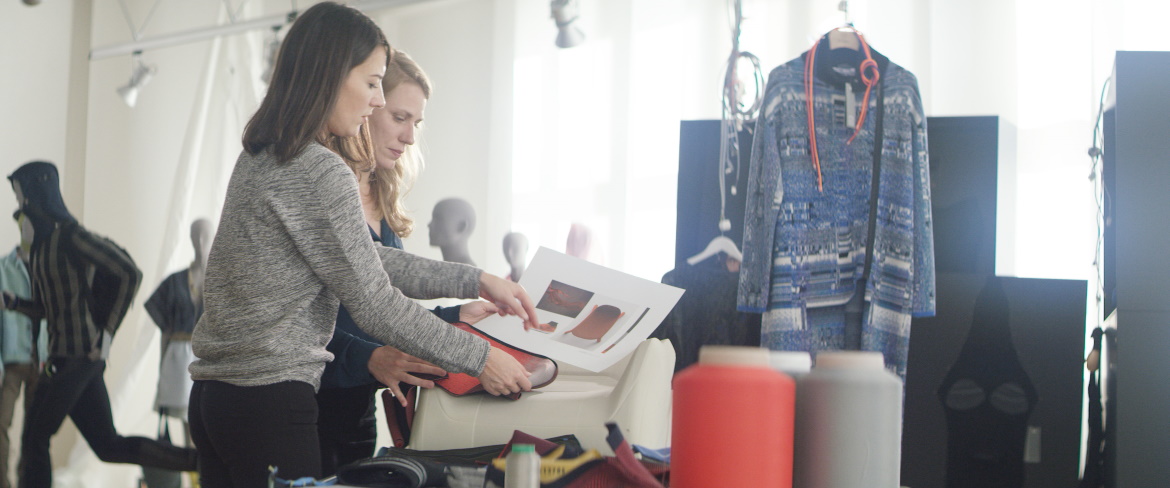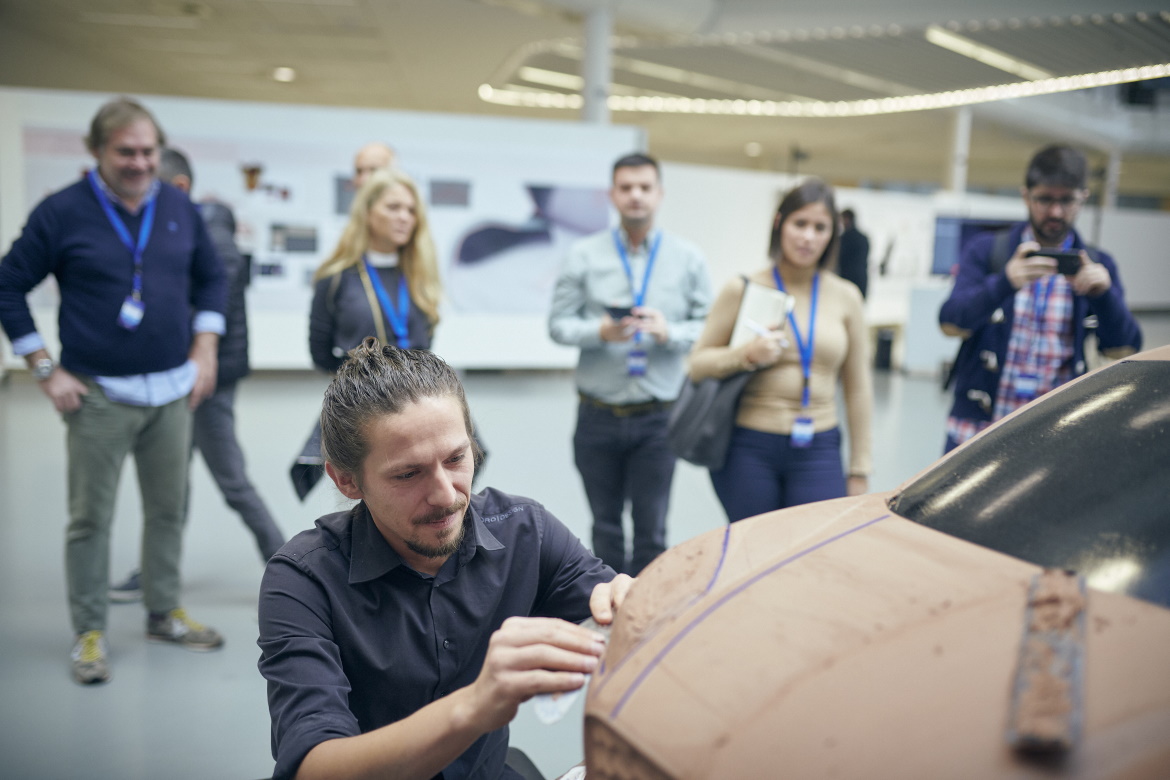Ford Puma is a cornerstone model for the Blue Oval brand, not only for its positioning on the market, but also for the innovative methods with which it was designed. Auto&Design visited Ford’s Cologne Design Center to see them up close.
The process that led to defining the interiors is, for example, very interesting. It principally turned on two key steps that were entirely digital. The designers first worked on the normal, two-dimensional drawings, which were then modified so that they offered a 360° vision of the passenger compartment, seen from the driver’s seat. Thus, in just one week’s work, they were able to define the general configurations, enormously accelerating the decision process.
In the second phase, they moved onto the 3D digitalisation of the interiors, which were then analysed in every detail using VR. With a virtual reality headset and two joysticks, they were able to completely sink inside the passenger compartment and evaluate every aspect, from the correct ergonomics of the controls, to the accuracy of the assembly, to the attractiveness of the colour combinations.
In Cologne, a fabric research programme has also been launched. The production Puma will have seats equipped with practical, removable coverings (and with ample possibilities for personalisation), but the brand’s future models will be able to exploit technologies from the technical clothing and sports medicine sectors. This will enable the creation of robust, elastic fibres that, using computerised production methods, will give form to a single, contoured element that will cover the whole seat, while more than 40 pieces of cloth are currently required. This process will save time, reduce costs, and eliminate waste.

















